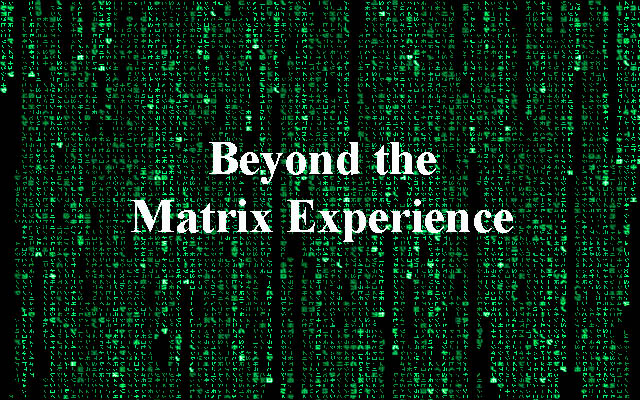It’s always the same story that leaders as well as contributors in companies tell me: “We have gone through major organizational redesign in the past years and have implemented a matrix organization, but it is hard to survive the Matrix. And once we have drawn the last lines of our org-chart, we have to start over again, as there is already the next change initiative coming up.” The Matrix euphoria started back in the late 1960s and has impacted most of the Fortune 500 companies in the past 10–15 years. Mainly for two reasons: it allows for managing and operating of globally active large-scale organizations. And, due to the conflicting setup between businesses and functions, it addresses the dilemma between global cost efficiency and customer-oriented excellence. But the lessons learned so far are painful:
Lessons learned from the matrix experience
- Matrix organizations tend to become more and more complex. While it is already pretty difficult having only 2 entry points in a matrix (business and function), I have seen org-charts that tried to represent 5 different entries in the same matrix. The creativity in dealing with this complexity goes from dotted, semi-dotted and solid lines to multi-colored, oversized charts – and ends up in a sarcastic joke at the coffee machine.
- Matrix organizations are expensive to maintain. Due to excessive bureaucracy, reporting, control and meetings the hidden operational costs of a matrix organisation are huge. I have heard many times that “our company is suffering from the Meetingitis”. How does your agenda look today? How many reports did you submit and/or read today? How many signatures do you need to get smalls things going?
- Matrix organizations trigger a continuous power struggle between the different entries of the matrix. While this deals with the dilemma between efficiency and excellence, it creates ambiguity for the people in the matrix and triggers a lack of accountability on the managerial side.
- Matrix organizations weaken engagement. I am sure you already filled in one of these engagement surveys that are “en vogue”. Despite many factors that impact engagement and which can be addressed regardless the organizational design (and therefore engagement surveys do make sense), matrix organization tend to increase the workload (multiple pressure, priorities and loyalty), blur responsibilities and increase the level of complexity. All of these factors, and we don’t need a survey for that, have a negative impact on engagement.
What’s next?
There are two possible approaches to moeing forward: Either you stick (for whatever reason) to the matrix organization. Then you better enable your leaders, managers and staff to better survive the matrix. Competency building and a more cooperative mindset is key in this area and has helped many organizations to reduce the pain. Or you might think about the next level of organizational design. I have seen the first companies moving from the permanent matrix organization towards a more modular design. Centers of excellence and profit centers are buzzwords of an evolution going towards new “ad hoc organizations”. The term “adhocracy” (first used by Alvin Toffler and developed by Henry Mintzberg) is not new and describes the contrary to bureaucracy. This more “organic structure” combines experts from across the organization upon demand of the customer (internal or external) under the strong management of one leader. Liaison devices (such as ad hoc strategic committees or customer relation committees) ensure that the projects are related. Experts are grouped for pure housekeeping, but deployed to smaller (and the entities need to be small), market-based initiatives. I acknowledge that this will not be the magic bullet to cure all the weaknesses plaguing current organizational structures. You will still have power struggles (Yes – you are human!). It will even make things more volatile (but at least it does not pretend to be stable) and unpredictable. But an ad hoc organization will reduce complexity (as there is a clear customer-supplier relation). It will still enable you to trigger efficiencies (through the centers and a clear accountability). It will reduce costs (due to the shift of control from hierarchy to the internal customer). And it will widen the scope of professional development (by opening and valuing the expert career path) – and thereby increase engagement. Last but not least it will release an as-of-yet unveiled resource in your people: innovation. The speed of change has forced organizational design to move away from the perfect machine towards an agile animal – I am looking forward to see how companies and their people will take this on board and how we, as consultants, trainers and coaches can support this development.

